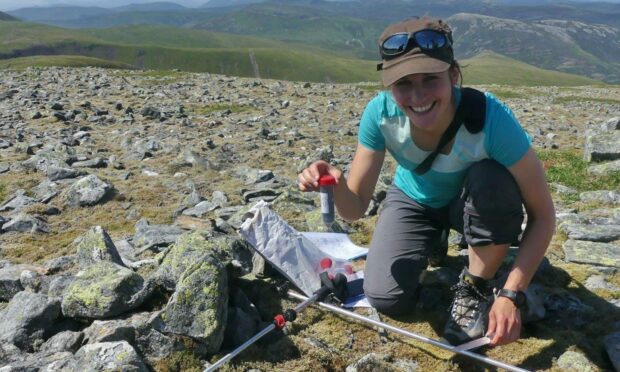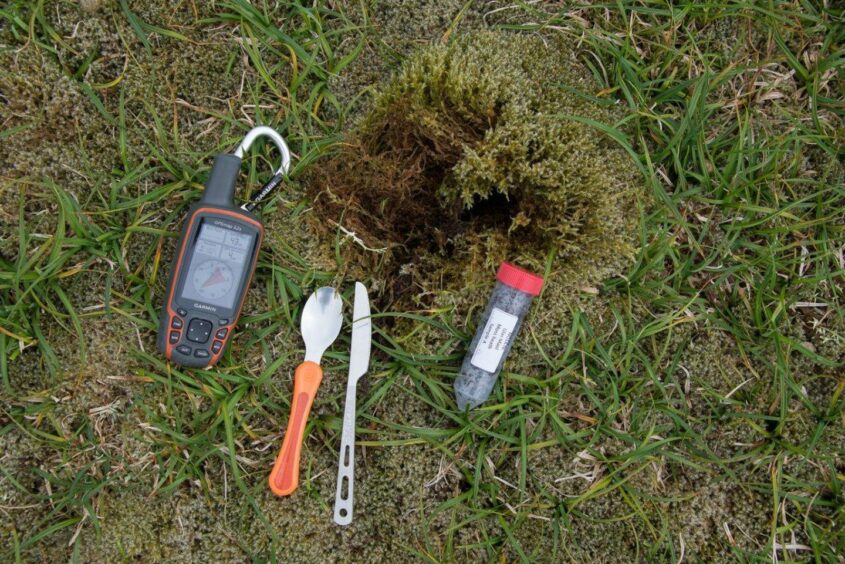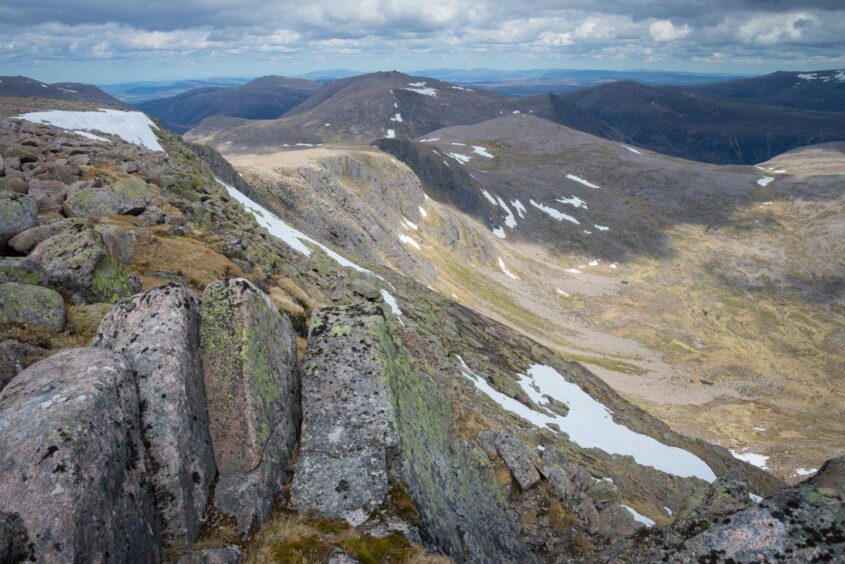Keen hillwalkers are being called upon to bag a Munro in the name of science.
Scientists at the James Hutton Institute are working to create the first map of alpine soil biodiversity across Scotland’s highest mountains.
To achieve this goal, they need the help of the public to collect soil samples from nearly all of the 282 Munros.
The pioneering citizen science project aims to unearth the secrets of this vast, but until now, hidden realm of organisms.
Walkers willing to take part will be able to adopt their own Munro and be provided with a sampling kit to collect soil between June and September this year and next.
The venture follows a successful pilot in 2021, during which 219 samples were collected from 55 Munros in the Cairngorms National Park.
Scientists were able to uncover a total of 2,478 fungal species, including two which were new to the UK and another which was previously unknown to science.
This new discovery came from a group called Squamanita, which includes a rare parasitic fungus nicknamed the strangler due to its ability to take over other fungi.
Collecting mountain soils
Andrea Britton, an ecologist at the institute in Aberdeen, said: “We’re now expanding our work to include the whole of Scotland and all aspects of soil biodiversity.
“Soils are among the most biodiverse habitats on earth, home to an amazing array of life including bacteria, fungi, nematodes, worms, mites, springtails and many others.
“But the biodiversity in our mountain soils is still virtually unknown and potentially we could lose it before we even know what species are there.
“Many of those we do know about are already living on the edge of their natural range. In a landscape that is warming up fast, they have nowhere else left to go, and are at risk of extinction.”
Underground organisms are vital to the functioning of healthy ecosystems as they decompose matter, recycle nutrients, support plant growth and control the storage of carbon in the soil.
Scientists are able to identify organisms by extracting DNA from the soil samples collected by the project participants which they will then sequence and compare with existing data.
Hiking to help the scientific community
Gaelle Hogrel, a member of the Dundee Mountaineering Club, jumped at the chance to take part in the pilot project in 2021.
She said: “I was quite intrigued and excited by the idea of giving a scientific purpose to my hike in the Scottish mountains. I thought it could be a good way to learn more about flora and fungi while helping the scientific community.
“Besides, I really enjoyed the idea of being temporarily an ‘outdoor scientist on expedition’, going out to discover new things.
“We were really lucky with the weather and it was also a good exercise of navigation as we had to collect samples at specific GPS coordinates. That made it like a scavenger hunt where the treasure was several teaspoons of soil containing maybe still undescribed species.
“Since then, I pay more attention during my hikes to the fungi, fauna and flora around and still wonder what could hide under my feet and how my hike would have an impact on it.”
Anyone interested in getting involved can visit the website to find out which Munros are available to be adopted and can then request a soil sampling kit and instructions.



Conversation